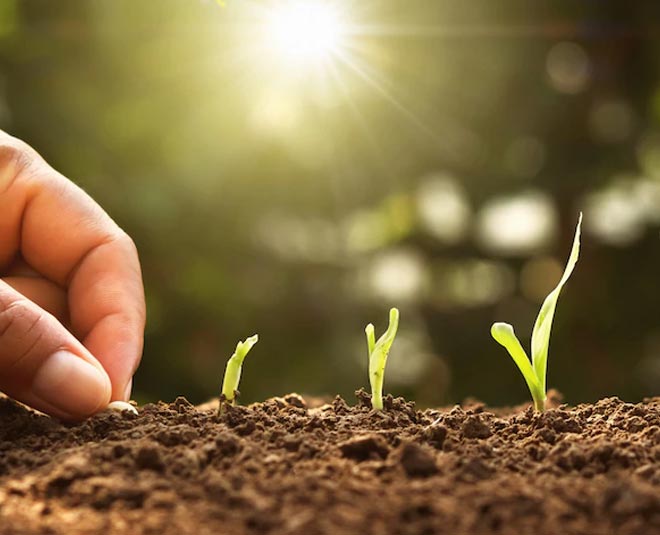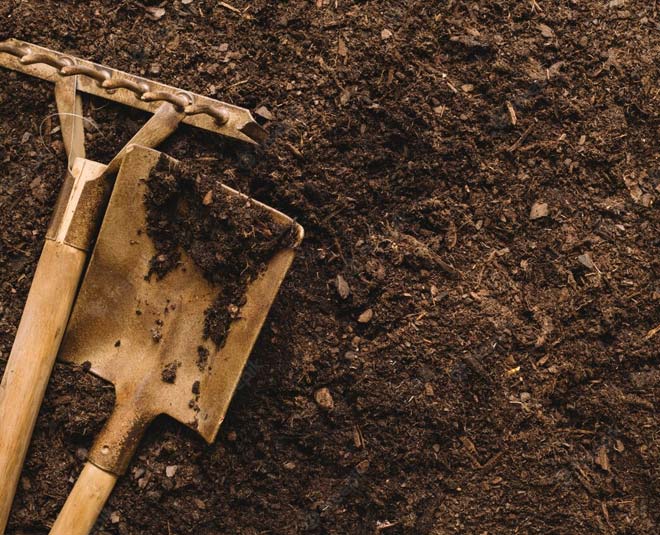
Best Way To Start A Kitchen Garden
Have you tried growing fresh herbs and veggies in your garden or backyard? Several people have adopted this approach since fresh, homegrown vegetables is healthier. A kitchen garden might help you save money as well. Growing your own food gives you a sense of accomplishment while also ensuring pesticide- and chemical-free herbs and vegetables on your plate. There's more to it than that!
1. Right Spot With Adequate Sunlight

To start your own kitchen garden, you'll need to choose the appropriate area with plenty of sunlight. Most plants require three to six hours of direct sunlight every day, as well as proper air circulation and a warm environment. You can put the pots on your window sills or on your balcony if you have enough direct sunshine. To promote even growth, turn the plants every other day.
2. Select The Right Pots And Containers

To grow your kitchen garden plants, you can use an earthen pot or even plastic bottles or glass containers. To avoid clogging, make sure the container is six inches tall and includes drainage holes. Fill the container with pebbles to prevent water from draining too quickly. Instead of putting a large number of seeds in a single container, start with a few.
3. Choose The Right Soil

It's critical to choose the correct soil for your plants if you want them to get the nutrients they need. You can buy ready-made potting mixes comprising cocopeat, soil, and compost, or you can collect normal soil from your area and combine it with compost or organic matter. You may also develop healthy plants by mixing red soil with regular soil. To refresh the soil, apply organic fertiliser once a month.
1
2
3
4
Don't miss:Climber Plants That Will Enhance The Look Of Your Balcony And Garden
4. Get Good Quality Saplings And Seeds

Pick up some high-quality seeds and seedlings for your kitchen garden at a local nursery. Remember to cover the pot or container with a mesh after sowing the seeds to keep extra sunshine and air out. To begin, select plants such as basil, mint, curry leaves, tomato, brinjal, beans, coriander, spinach, and lemongrass, and gradually add other species. You can also try indoor plants.
5. Water The Plants

Now it's time to watch the seeds sprout and grow into small plants. Water your plants every two days to keep them properly hydrated. To prevent water from overflowing, make sure the pot has enough space above the soil level. If your finger feels dry after one inch in the soil, add water.
Don't miss:Get These Plants If You Need Luck, Prosperity
6. Maintain And Take Care Of Plants

To guarantee healthy and strong development, remember to trim the plants on a regular basis. However, no more than one-third of the plant should be trimmed at a time. Fertilize the soil once a month with little bits of natural substances like eggshells, ground coffee, or dried banana peel.
Share your thoughts in the Facebook comments. Stay tuned with HerZindagi for more details.
Also watch this video
Herzindagi video
1
2
3
4